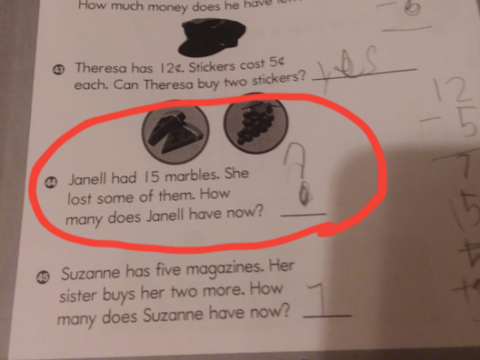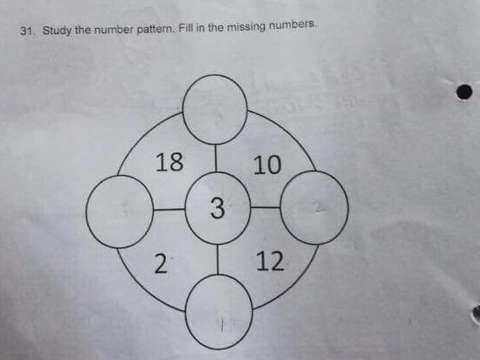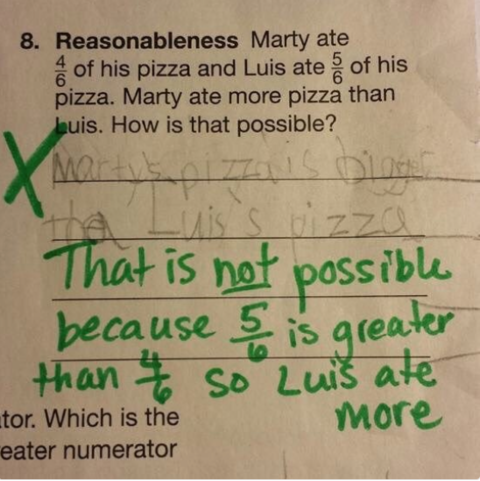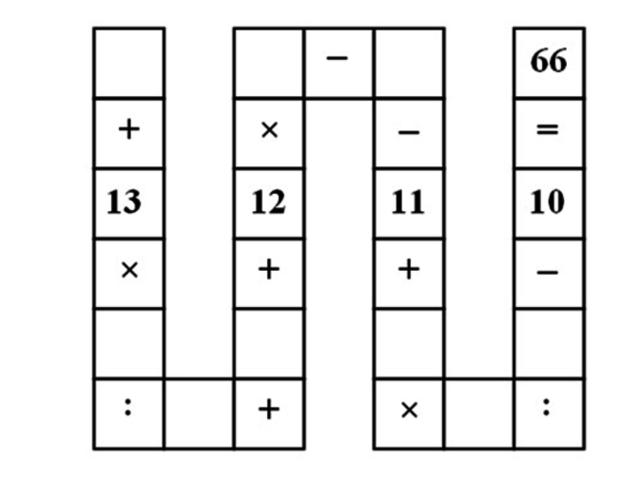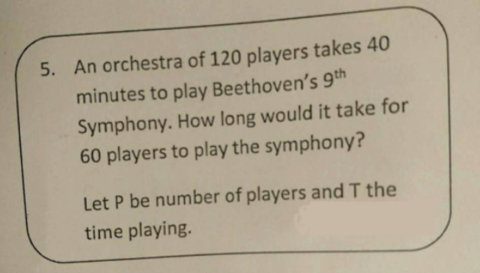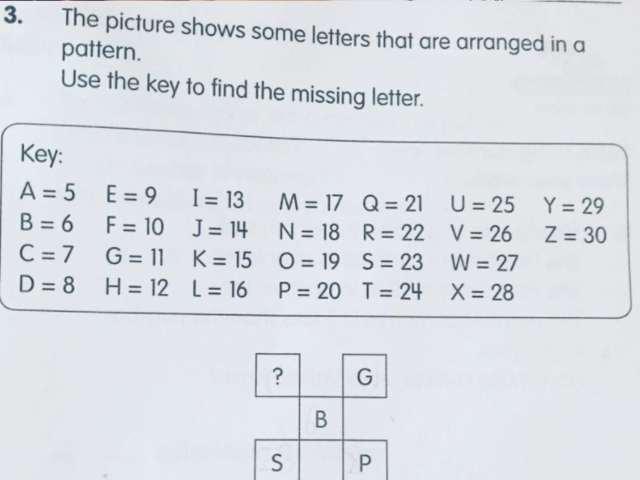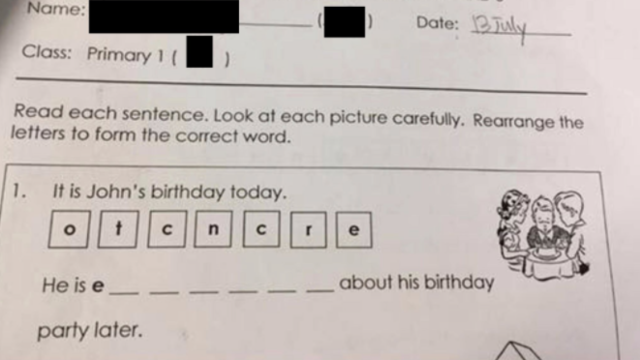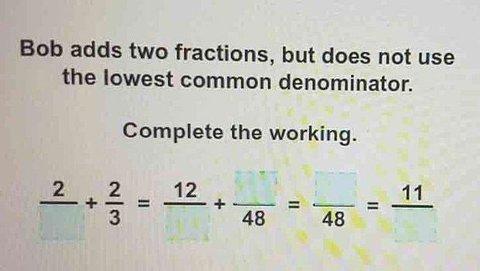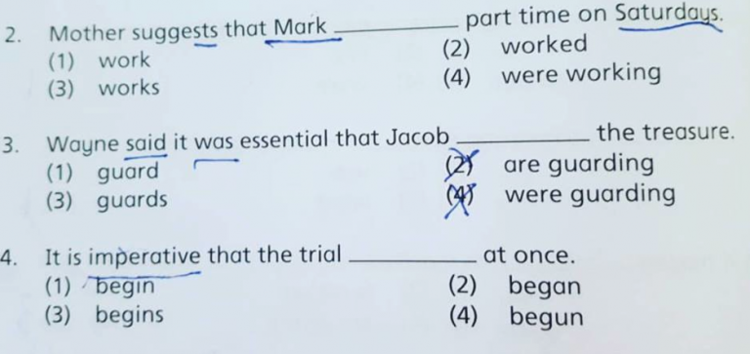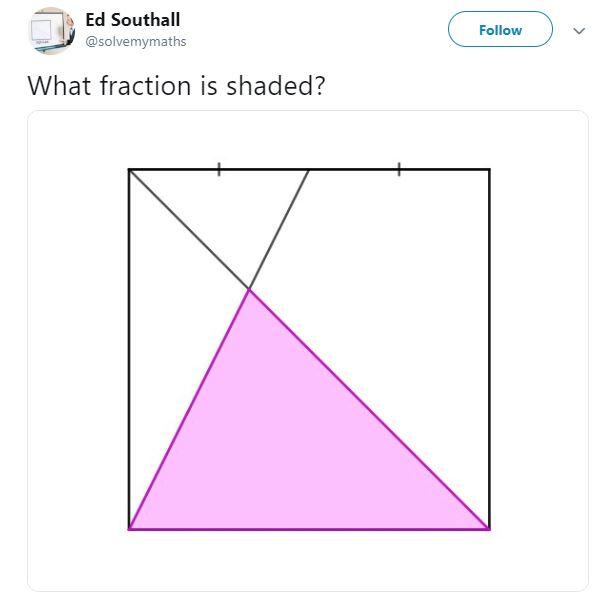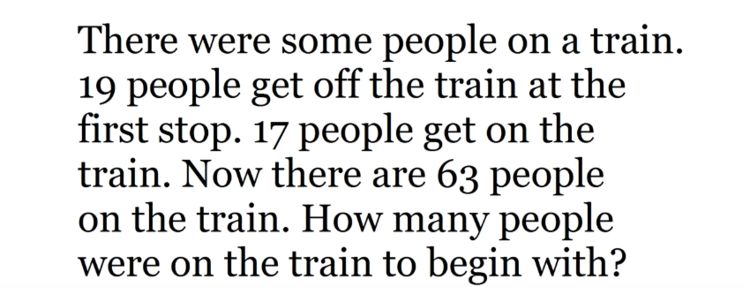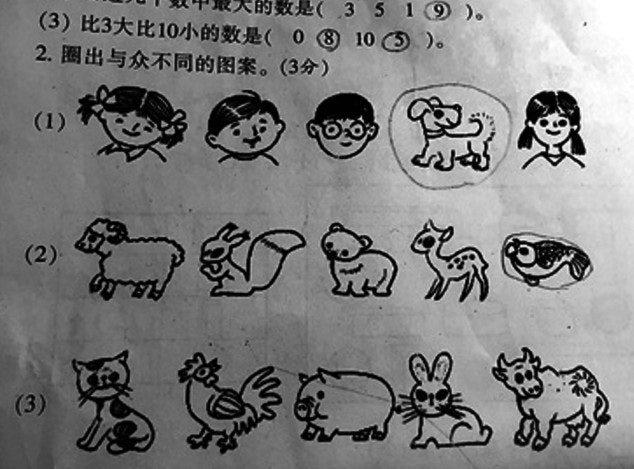17 Confusing Elementary School Problems That Even Have Adults Scratching Their Heads
Updated April 5 2021, 9:29 a.m. ET

I would never, ever want to appear on Are you Smarter than a Fifth Grader because I'm not really into nationally televised public humiliation.
When it comes to random trivia about movies and not so well-known actors, I'm pretty sure I'd wipe the floor with most fifth graders. Or if some 10 or 11-year-old wants to step up and take a driving challenge against me, I'd wipe the floor with them and laugh in their face as they cried home to their mamas.
But if elementary school kids are answering questions like this with ease? Then I'd be very, very, very cautious about taking them on. Because after staring at these problems for a few seconds, my brain started to hurt. Maybe you'll do a lot better than I did.
1. Third grade.
OK, this one isn't a head-scratcher per se, but just that's it's extremely, extremely vague unless you're getting into the world of theoretical mathematics. The out-of-the-box answer for this problem: <15.
But what third-grader would think of that?
2. For first graders in Singapore.
If you wanted further evidence that STEM fields are in trouble stateside, look no further than this math problem intended for little kids in Singapore. It's known as a "petite circle sum" problem, where the numbers in the four quadrants of the big circle (the 18, the 10, the 2, and the 12) have to equal the numbers in the circles they are touching. Just writing that hurt my head. Apparently that "2" in the bottom left corner should be a 20, according to this theory, but that still hasn't helped me solve it.
3. Cheryl's birthday.
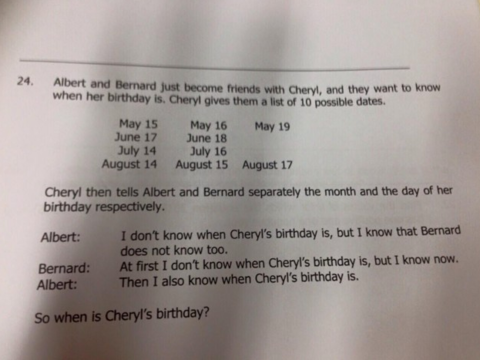
This question is so tricky that it was used in a Singapore and Asian Schools Math Olympiad competition. Unlike the previous two questions, this one does have an answer, one the New York Times explained in great detail. Thankfully they did, because there's no way I could.
4. Wording?
A redditor shared this photo with the phrase, "The American education system," and it's not difficult to see how this problem is just a nightmare for young students to understand. It's abysmally worded, which makes it tough to arrive at a concrete answer because there are possible other outcomes. It's essentially a trick question.
5. Hope you have a lot of time on your hands.
This Vietnamese math question is more of a mental endurance test of sorts rather than a tricky problem. If you need to work on your patience muscle, this is the problem for you. There's really no way to solve this except trial and error, fill in the boxes with any number between 1-9.
6. OK so I got this one.
It's basically another trick question. Still stumped? Find the answer here.
7. Kindergarten.
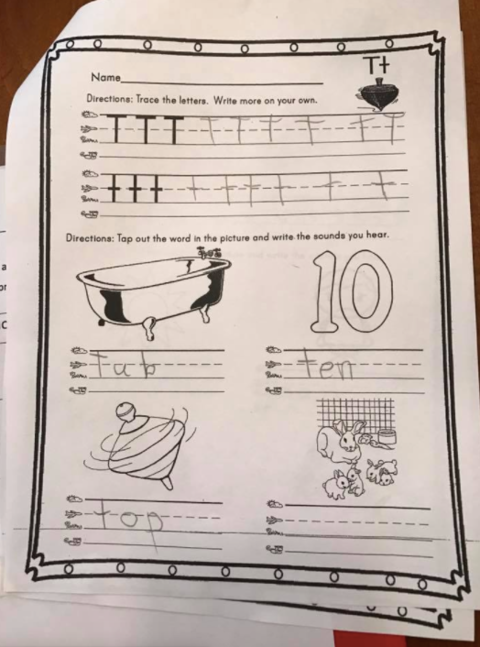
The first three words make sense, but what word are they trying to tell students that starts with t? Apparently the correct answer is supposed to be "vet", which is weird because there aren't any veterinarians in the picture. You can't just start a three-word trend then break it without explanation in the last entry. Whack.
8. Algebra for first graders.
This family was so confused by their first grader's homework, they turned to Facebook for help. I have to say, even though I eventually figured this one out, I'd be surprised if any first-grader can. In case you're wondering, the answer is J = 14.
9. Which way is the bus driving?
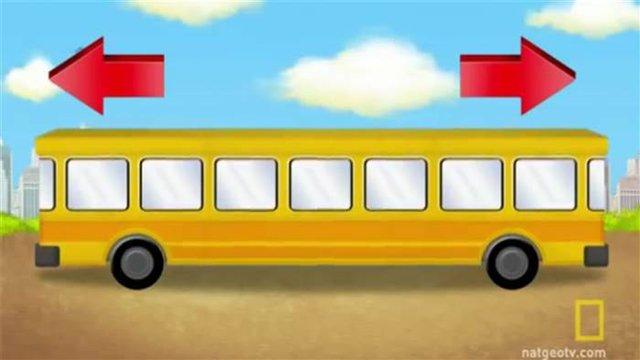
80 percent of kids were able to answer this question correctly, but it depends on the part of the world you're living in. You see, bus doors are always on the opposite side of where the bus driver is sitting/facing.
10. Typo.
The answer is supposed to be "excited," but thanks to a huge word-scramble typo, a bunch of children were left feeling frustrated.
11. Partial credit?
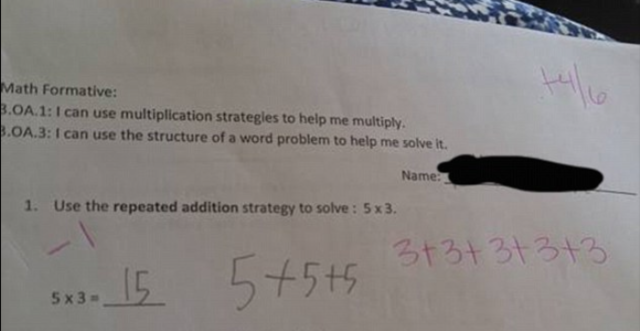
One answer is more "technically" correct than the other, but this poor kiddo was deducted points even though he got the right answer and broke down the multiplication problem he was being asked to solve correctly.
12. Wait, what?
Fractions aren't that difficult, until you start doing stuff like this. A mom shared this post online after feeling frustrated for not being able to help her 11-year-old with it. Give up? The numbers that go in the blanks are 8, 48, 32, 44, and 12. Annoying, I know.
13. Grammar.
Thanks to the subject-verb agreement rule, there's technically only one right answer for these questions: option 1. Although 3 could work, especially in context, it's still technically not correct.
14. Six-year-olds have 20 seconds to answer this.

This one is pretty simple to solve, but the fact that they're giving it to 6-year-olds is utterly insane, especially because kids usually take things at face value.
If you're stumped, the correct answer is 87; the parking lot is upside down.
15.
What's the fractional value of the shaded region? And don't just say, "the pink part" because that was my first thought, too.
When you've given up or maybe want to see how others devised methods for arriving at the right answer, check this tweet out for the solution.
16. Second grade.
This is fairly easy to solve, but the "some" vagueness in the beginning of the question is sure to stump some second graders.
The only two numbers you should be thinking about here are -19 and 17. Add those together for -2. Which means there was only a loss of two people on the train. Since we have 63 now and there were two others before, the answer is 65.
17. Spot the difference.
1 and 2 seem easy enough. Of course the dog is different from the children. Of course the fish is different from the land animals. But which one is the odd animal out in the third question?
If you guessed chicken, then you're right. One, because it's a bird and not a mammal and two because it's got two legs whereas the other animals walk on all fours.
Now that that's over with, how much does your head hurt? Or maybe it doesn't hurt at all because you're just sooooooo smart. Well pin a rose on your nose.
